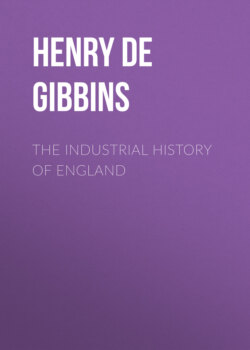Читать книгу The Industrial History of England - Henry de Beltgens Gibbins - Страница 10
На сайте Литреса книга снята с продажи.
§ 3. The Manors and their owners
Оглавление—Now each of these manors after the Norman Conquest was held by a “lord,” who held it more or less remotely from the king. For it is the distinguishing feature of the Conquest, that William the Norman made himself the supreme landlord of the country, so that all land was held under him. He himself of course held a good many manors, which were farmed by his bailiffs, and for each of these manors he was the lord. But the majority of the manors were held by his followers, the Norman nobles, and nearly all of them had several manors apiece. Now it was impossible for a noble to look after all his manors himself, and they {12} found it was not always the best plan to put their bailiffs in to work them; so they used to sublet some of their manors to other tenants, often to Englishmen who had submitted to the Norman Conquest. The nobles who held the land direct from the king were called tenants in chief,9 the tenants to whom they sublet it were called tenants in mesne.10 If a noble let a manor to a tenant in mesne the tenant then took his place, and became the lord of the manor. Thus, then, we have some manors owned directly by the king, others by the great nobles, and others again by tenants in mesne. For instance, in the part of Domesday relating to Oxfordshire, we find that one Milo Crispin, a tenant in chief, held several manors from the king, but also let some of them to sub-tenants, that of Cuxham, e.g., being let to one Alured, who was therefore its lord. So in Warwickshire the manor of Estone (now Aston) was one of those belonging to William Fitz-Ansculf, but he had let it to Godmund, an Englishman, who was then “lord of the manor of Estone.”
9 Or, in capite.
10 i.e. sub-tenants.
